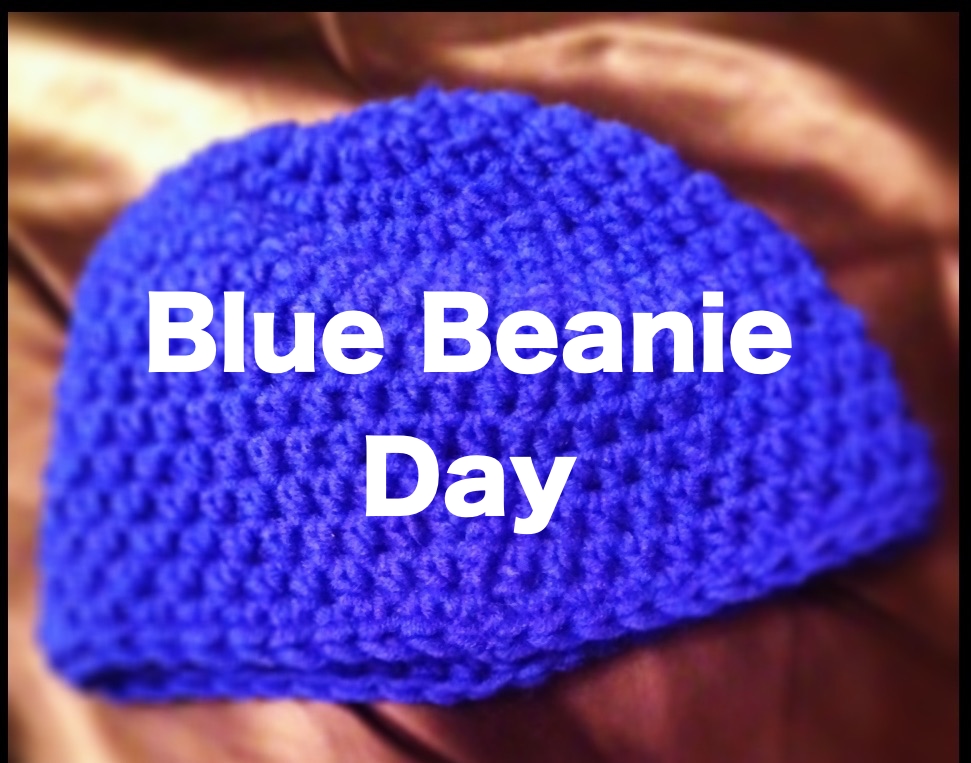One Web for all

Way back then. Back then, there were modems and for every service one had to dial in anew.
Here and there, there were graphic interfaces for networks and each one worked differently. Then came the internet and then, a little later, the world wide web.
We had a browser in which we entered an address. There were texts, photos and links. A click on a link took me to another page on which I could read another text.
Then other browsers appeared; each one trying to oust the other. Many manufacturers tried to equip websites with special features that could only be used with their own specific browser.
But the foundation was always this so-called HTML. HTML is free, everyone can use it and everyone can learn about it. It is a standard.
Standards
The web exists because of such standards. These allow our browser to call up websites from around the world.
Thanks to these we can read, watch videos, play games and much more. But it all hinges on having a browser. Yet, time and again it happens that standards are not adhered to. Then my browser manages to picture something very well but it looks very different on yours. Or even worse.
For instance, people who are reliant on spoken word devices ( because they are visually impaired or blind) – so called screen reader – are denied access. Sites that do not comply to the standards prevent the use of such devices.
Or someone uses a dark grey text on a light grey background without thinking and you or I have trouble reading it.
Today apps have conquered the smartphone world. Instead of a website you get an app. But while I can use this on my smartphone you, with a phone of different make, cannot. If the same offer could be featured on a website then we could both use it.
How open is the web?
Some offer texts, images and data in a way that many people can use them. They offer their data via open and standardized interfaces so that many programmes, browsers and apps can use them.
Others remove their texts from the web and lock them up in their own magazine apps. They fence off their data or place it in such a way that you may be able to access it but I can’t.
We must be on the guard that the web will not become divided into many parts in which the borders are drawn by apps, operating systems and companies. Borders and limits that can only be overcome with great difficulty.
We must ensure that people are not marginalized from the web, be it because they cannot read a website because of their disability or because they can’t afford a particular app or because of….
It’s all up to us!
What can I do? I am simply a user. I want to use a web with as few hindrances as possible, which continues to carry me from link to link.
What can I do? For example: put on a blue woolly hat on 30th November every year, because this will be the Blue Beanie Day. On this day people all around the world will wear blue woollen hats in order to speak out for web standards and accessibility. Also with the Hashtag #BlueBeanieDay
Blue Beanie: A day with a blue woollen hat
Blue Beanie Day is the day to set a (small) example. Put on a blue woollen hat, have a photo taken, and use the photo as a profile picture on Facebook, Twitter and co. Of course you can also blog and tweet about it and spread the idea on forums. Others will meet and hand blue beanies to decision makers or hand them out in the street and inform the public about the subject. A multitude of ideas are possible.
Is this not a little odd ? Well, maybe. But it’s also fun and brings people together. Blue woollen hats may reach the notice of those who have never looked into the subject.
Why a blue beanie?
Author and web designer Jeffrey Zeldman brought out a book about web standards several years ago and had a picture of himself wearing a blue woollen hat (a blue beanie) on the cover. People took up on it and every 30th of November put on a blue beanie.
One more time: Web standards
There are organizations such as the World Wide Web Consortium (W3C) that sets standards such as how webpages must be designed technically. For people with disabilities, the Web Content Accessibility Guidelines (WCAG) are of particular importance. Because only when web-designers are sure to apply the WCAG, can people with disabilities use the web without restrictions.
—-
Thanks to Clemens for his help in the translation of this article – German version.

RT @RobLen: It’s Blue Beanie Day – for a better, inclusive and accessible Web https://t.co/kwbHUF6t31 #bbd16 https://t.co/G7YtRL3IUu